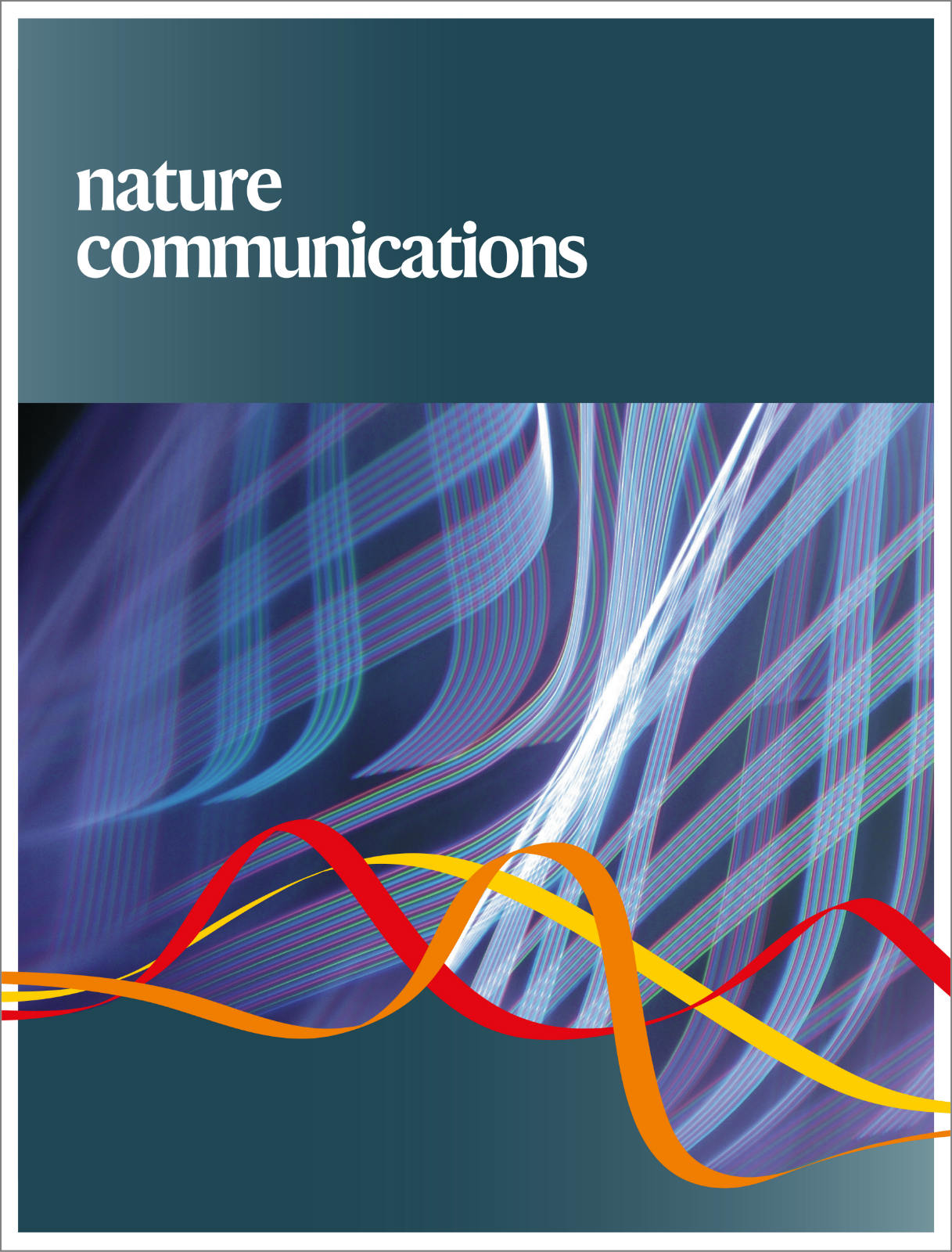Resolving the structural basis of therapeutic antibody function in cancer immunotherapy with RESI.
IF 14.7
1区 综合性期刊
Q1 MULTIDISCIPLINARY SCIENCES
引用次数: 0
Abstract
Monoclonal antibodies (mAb) are key therapeutic agents in cancer immunotherapy and exert their effects through Fc receptor-dependent and -independent mechanisms. However, the nanoscale receptor reorganization resulting from mAb binding and its implications for the therapeutic mode of action remain poorly understood. Here, we present a multi-target 3D RESI super-resolution microscopy technique that directly visualizes the structural organization of CD20 receptors and the Type I (e.g., Rituximab) and Type II (e.g., Obinutuzumab) anti-CD20 therapeutic antibodies and quantitatively analyze these interactions at single-protein resolution in situ. We discover that, while Type I mAbs promote higher-order CD20 oligomerization, Type II mAbs induce limited clustering, leading to differences in therapeutic function. Correlating RESI with functional studies for Type II antibodies with different hinge region flexibilities, we show that the oligomeric CD20 arrangement determines the Type I or Type II function. Thus, the nanoscale characterization of CD20-mAb complexes enhances our understanding of the structure-function relationships of therapeutic antibodies and offers insights into the design of next-generation mAb therapies.利用RESI解决肿瘤免疫治疗中治疗性抗体功能的结构基础。
单克隆抗体(mAb)是肿瘤免疫治疗的关键药物,其作用机制通过Fc受体依赖和不依赖机制发挥作用。然而,单抗结合引起的纳米级受体重组及其对治疗作用模式的影响仍然知之甚少。在这里,我们提出了一种多靶点3D RESI超分辨率显微镜技术,该技术可以直接可视化CD20受体和I型(如利妥昔单抗)和II型(如Obinutuzumab)抗CD20治疗抗体的结构组织,并在单蛋白分辨率下原位定量分析这些相互作用。我们发现,I型单抗促进高阶CD20寡聚化,而II型单抗诱导有限的聚类,导致治疗功能的差异。将RESI与具有不同铰链区灵活性的II型抗体的功能研究相关联,我们发现CD20的寡聚排列决定了I型或II型的功能。因此,CD20-mAb复合物的纳米级表征增强了我们对治疗性抗体结构-功能关系的理解,并为下一代mAb疗法的设计提供了见解。
本文章由计算机程序翻译,如有差异,请以英文原文为准。
求助全文
约1分钟内获得全文
求助全文
来源期刊

Nature Communications
Biological Science Disciplines-
CiteScore
24.90
自引率
2.40%
发文量
6928
审稿时长
3.7 months
期刊介绍:
Nature Communications, an open-access journal, publishes high-quality research spanning all areas of the natural sciences. Papers featured in the journal showcase significant advances relevant to specialists in each respective field. With a 2-year impact factor of 16.6 (2022) and a median time of 8 days from submission to the first editorial decision, Nature Communications is committed to rapid dissemination of research findings. As a multidisciplinary journal, it welcomes contributions from biological, health, physical, chemical, Earth, social, mathematical, applied, and engineering sciences, aiming to highlight important breakthroughs within each domain.
 求助内容:
求助内容: 应助结果提醒方式:
应助结果提醒方式:


